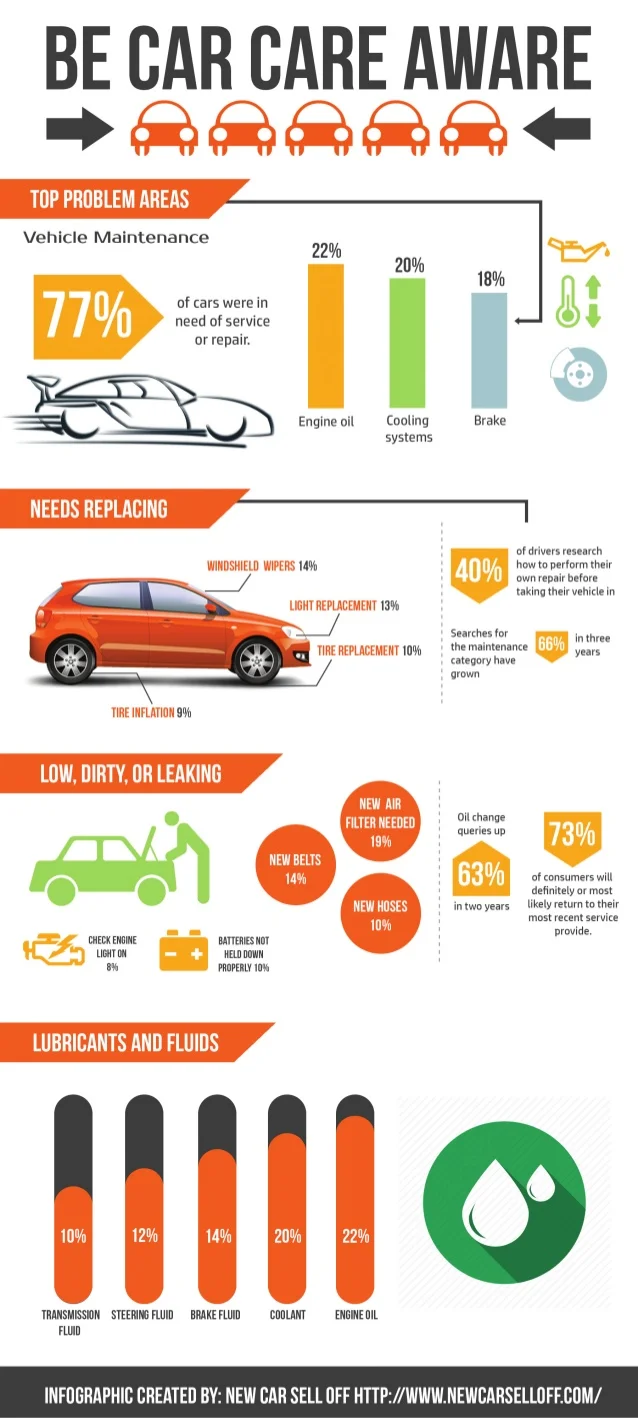Translating Your Vehicle'S Caution Indicators: What They Absolutely Signify
Translating Your Vehicle'S Caution Indicators: What They Absolutely Signify
Blog Article
Write-Up Writer-Sykes Dalgaard
When you're behind the wheel, those beautiful warning lights on your dashboard can be a bit bewildering. Do you know what they're trying to inform you about your car's wellness? Recognizing the significance of these lights is crucial for your safety and the durability of your car. So, the following time among those lights pops up, wouldn't you intend to analyze its message properly and take the necessary steps to address it?
Common Warning Lights and Interpretations
Recognize typical caution lights in your car and comprehend their significances to ensure safe driving.
One of the most regular caution lights include the check engine light, which indicates problems with the engine or discharges system. If this light begins, it's critical to have your automobile inspected promptly.
visit this link warning light indicates reduced oil pressure, requiring immediate focus to avoid engine damages.
A blinking battery light might recommend a malfunctioning charging system, potentially leaving you stranded if not addressed.
The tire stress monitoring system (TPMS) light signals you to low tire pressure, impacting car security and gas efficiency. Neglecting this could cause harmful driving problems.
The abdominal light shows a trouble with the anti-lock stopping system, compromising your capacity to stop rapidly in emergencies.
Lastly, the coolant temperature alerting light warns of engine getting too hot, which can result in severe damage if not settled promptly.
Understanding these typical caution lights will certainly assist you deal with concerns quickly and maintain risk-free driving conditions.
Relevance of Prompt Focus
Comprehending the common warning lights in your auto is only the first step; the relevance of quickly resolving these warnings can not be highlighted enough to guarantee your security when traveling.
When a warning light brightens on your dashboard, it's your car's means of connecting a possible problem that requires attention. Overlooking these cautions can cause much more severe troubles in the future, compromising your safety and security and potentially costing you more out of commission.
Prompt focus to alerting lights can stop breakdowns and crashes. For example, a blinking check engine light can indicate a misfire that, if left unattended, could create damages to the catalytic converter. Addressing this quickly can conserve you from an expensive repair service.
In a similar way, a brake system advising light may signal reduced brake liquid or worn brake pads, critical elements for your safety and security when driving.
DIY Troubleshooting Tips
If you notice a warning light on your dashboard, there are a couple of do it yourself troubleshooting pointers you can try before seeking professional assistance.
The first step is to consult your cars and truck's manual to recognize what the details warning light indicates. Sometimes the problem can be as simple as a loosened gas cap activating the check engine light. Tightening up the gas cap might resolve the trouble.
An additional typical problem is a reduced battery, which can trigger different advising lights. Checking the battery connections for rust and guaranteeing they're safe and secure might deal with the trouble.
If a caution light continues, you can attempt resetting it by disconnecting the car's battery for a couple of mins and afterwards reconnecting it. Furthermore, checking your lorry's liquid levels, such as oil, coolant, and brake fluid, can help fix alerting lights connected to these systems.
mouse click the up coming internet site
In conclusion, understanding your automobile's warning lights is essential for maintaining your automobile running smoothly and securely. By quickly addressing these signals and recognizing what they mean, you can avoid expensive fixings and possible malfunctions.
Keep in mind to consult your auto's manual for particular information on each alerting light and take action accordingly to make sure a hassle-free driving experience.
Stay educated, stay safe on the road!
